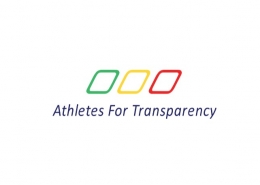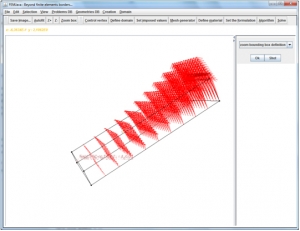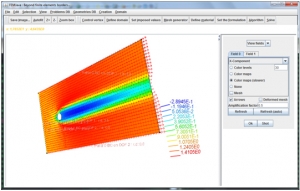


As part of the project, Tana Corp ported this application to a Java 3D-based 3D display.


Total project duration: 6 months
The total cost of the project was 125 man-days.
Details of the project :
Problematic
The FEMJava application was initiated by Professor Dominique Eyheramendy within the VCMC (Virtual Computational Mechanics Center) of the Laboratoire de Mécanique des Contacts et des Solides UMR 5514 (INSA de Lyon).
It is the implementation of an object-oriented approach of the finite element method. Before the project, this method was limited to a 2D representation. In order to be able to evolve it to the modeling and realization of 3D environments, the graphic engine has been completely redone in Java 3D.
Mission statement
Ensure the porting of this application to a Java 3D based 3D display.
Organization
For the realization of the project, 2 persons have been allocated :
This contract was executed entirely with Tana Corp resources dedicated to the project.
Main characteristics of the client
The Claude Bernard Lyon I University is a French university specialized in the fields of science, medicine and pharmacy. It was officially created in 1971 by merging the Faculty of Sciences of Lyon, founded in 1833, and the Faculty of Medicine, founded in 1874. It owes its name to the eponymous physiologist. Since 2007, it has been part of the University of Lyon.
Conduct of the project
Solution features
Business processes covered by the solution
What were the most difficult features to implement?
This is a complete 3D implementation of an FEM manipulation engine.
Technical platform elements
Software package, software or development languages used
Graphical interface completely realized in Java/Swing and Java3D.
Reasons for the choice
Share of pre-existing developments used on which the Supplier has capitalized to complete the project
Challenges and key success factors
Business result
Today, the application responds perfectly to the need for 3D display of calculation results, giving a new opening to the software in industrial fields.

 ERYMA – TECHNICAL LINK
ERYMA – TECHNICAL LINK